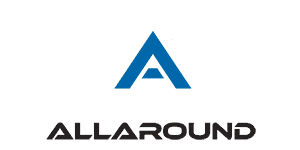Information about Hardboard Siding
Hardboard siding can be referred to as wood based cladding that is used to provide builders with an affordable alternative to concrete and wood sidings. This is generally made of paper sawdust and glue. However, if it is properly maintained, it can be used for a long period of time without any complications. It is therefore important to read all the maintenance rules to enhance longevity. It is manufactured by passing heated mixture of wax and wood fiber through a press. This creates sheets that make the hardboard fiber. A layer of embossed paper is added to give the wood a beautiful look.There are three types of hardboard siding that are manufactured namely
Shiplap edge panel siding- this is made for vertical application and feature shiplap joints that are incorporated over long edges.
Lap siding- this is applied horizontally where each boards overlaps the board that is located beneath it.
Square edge panels- these are made for vertical applications where full sheets are applied.
A professional installer can help you choosing the most appropriate kind that will be used on your property. It is important to note that lap siding should be installed over sheathing when you are using 10d nails. They can also be applied directly to the studs if you are using nails. Spacing should not be more than 6 inches.
Circular saws are used for cutting hardboard siding and this should be done facing up. It is recommended that you use corrosion resistant nails when dealing with this type of siding. Nail holes should also be caulked whereas the sidings are supposed to be painted with top notch oil based exterior paint. The sidings are also supposed to be inspected at least once a year to see if there is any sign of damage.
Hardboard siding should be kept free from mildew, dirt and other kinds of debris. Missing or brittle caulk in nail holes and at the seams should be replaced as soon as they are spotted. Cement siding can be used in areas where the siding has been damaged badly. Repaint and prime eroded finishes when required to do so. Avoid skimping on finishes. It is recommended that you use at least two coats of paint using a paint brush. This normally produces better results than if you were using painting pads or rollers.
Some of the problems that the hardboard siding face include: water seepage that is usually as a result of incorrect installation. This is also the main cause of most of the sidings faults. Water passes through improperly caulked joints and nail holes and even through the cut edges that are located near the ground. Water logged sidings will eventually form bulges, swellings, mildew and finally rot. Direct application of the sidings on masonry material such as stone also allows water to seep in easily. This problems can be avoided simply by making sure the hardboard siding is properly installed. This requires that you take a little time out and search for the best siding installer among the hundreds that are available in the market.
